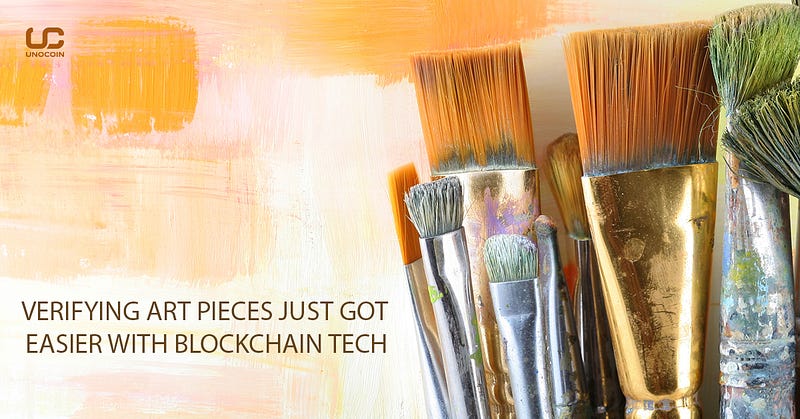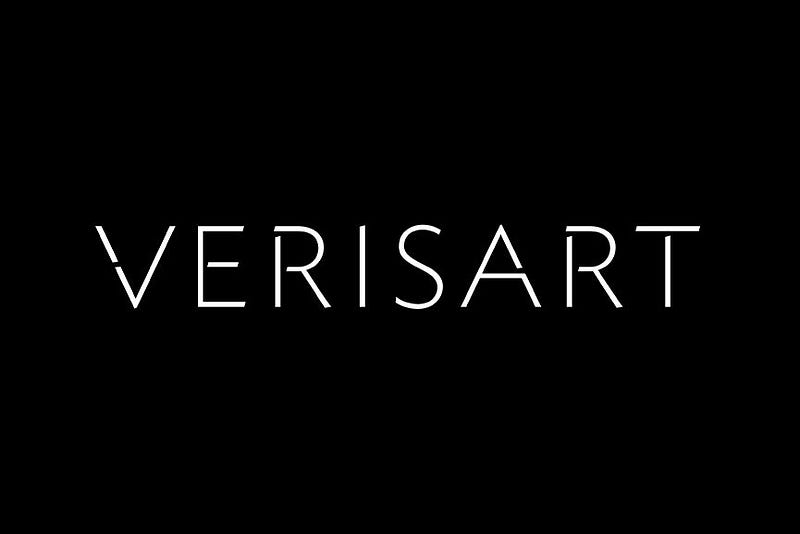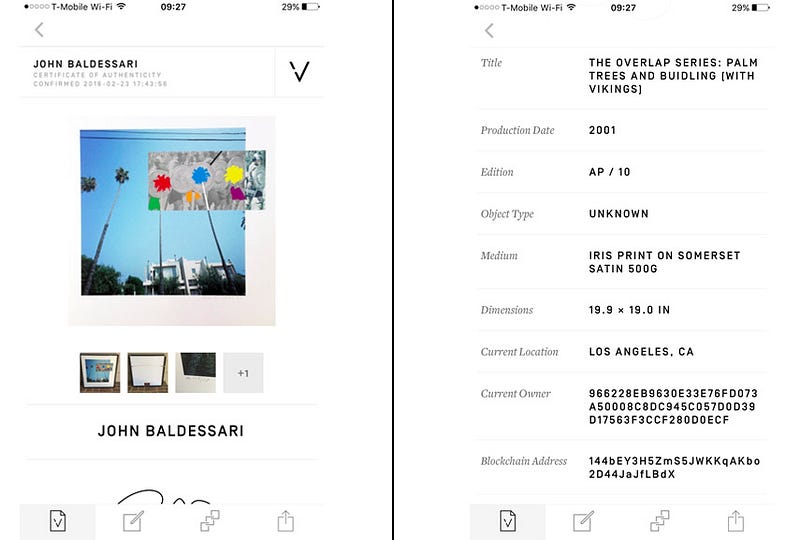
Blockchain technology was originally invented for financial purposes and interests only; however with development, ledger technology has found its use in other domains, apart from financial services, blockchain seems to found its way into the most unlikely scenarios including Energy, gaming, e-voting. The blockchain is also playing a major role in verifying art pieces for authenticity.
Artists have been unreliable when they need to document their work, which makes it difficult for collectors to find out whether they are buying an original, inspired or copied artwork. If the artist’s work cannot be protected, it may be forged on a small or wide scale.
Vickram Sethi, Chairman, The Institute of Contemporary Art, bought an M. F. Husain painting for his gallery a few years ago. He says that usually the artworks of artists who aren’t alive are usually forged on a large scale. However, the blockchain technology can be used to save the works of living artists from forgery and illegal imitations.
Read: Using the Blockchain to Track Assets for Proof of Ownership
This pushed Rob Norton to create an application that allowed artists to create a self-made system of verification for their art. What started out as a phone application has now blown up into the world a leading platform for authenticity certification, called Verisart.

How does it work?
Blockchain creates transactions that cannot be reversed or traced. This builds credibility so that potential art buyers do not end up buying forged work. People are also more likely to spend on pieces that are verified.
The Verisart app can be downloaded by anyone, however, access is possible only through invitation. Once a profile is created, the artist must upload information about the artwork so that it can be completely verified. This includes an image of the front of the work and proof that it has been displayed at an art gallery before. After all the verification processes are concluded, Verisart issues a certificate to that particular artwork of the seller. This works as an authentic and permanent record for the physical art-form and is then entered into the ledger. A timestamp is put on the certificate which makes it unique. It is then recorded to the blockchain.

A look at the certificate as seen from the app. Source: widewalls
Just as blockchain helped getting rid of middlemen to carry out transactions, in art, middlemen are no more required to close deals and provide liquidity. With the whole process gaining more momentum in the online space, authenticity and verification will become more important in the future. While most people believe that anonymity might be a big advantage here, it could also prove to be a problem. Art frauds may not be traced back to the owner due to privacy.
Read: How Blockchain Technology Could Solve 3 Big Problems Plaguing the Art Industry
Risks
Verisart does not use a customized version of the blockchain, it rather uses the original, unaltered version of the bitcoin blockchain. This makes it susceptible to replications and hence to frauds. Another point to draw attention to is that artists who sell their work privately might be a little hesitant to share their information on such a public platform.
However, this technology is being used by many artists which could possibly give a boost to the online art market. Putting art on the blockchain could also lead to a decentralized art registry, which would help put together a significant collection of verified, authentic art.
Also Read:
https://blog.unocoin.com/litecoin-the-perfect-example-of-peer-to-peer-digital-asset-e8206c72f27e



